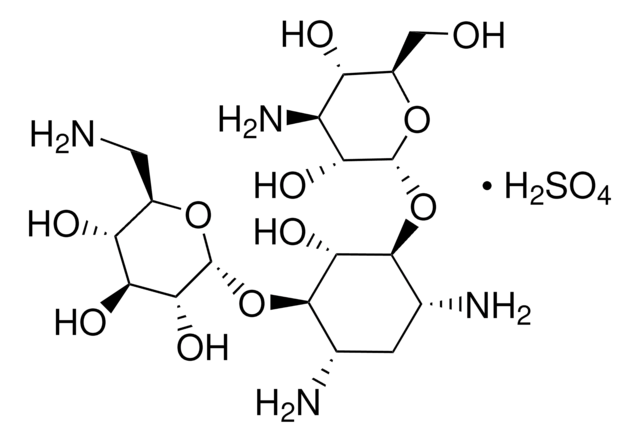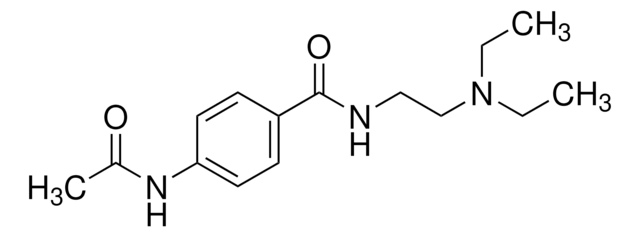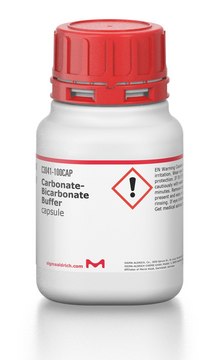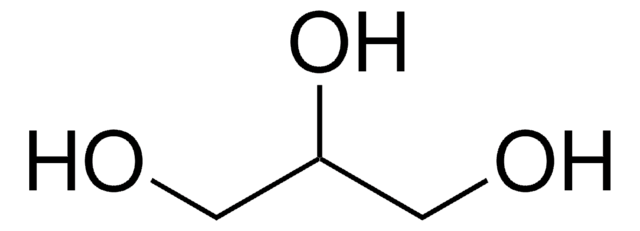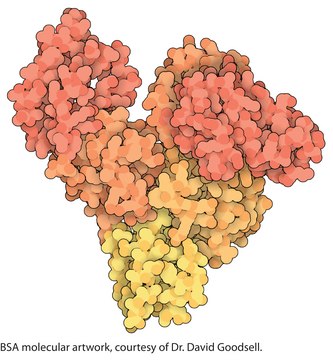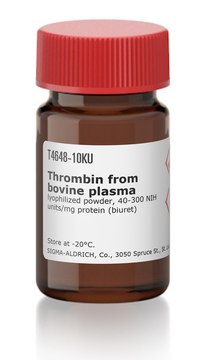434183
Magnesium sulfate monohydrate
97%
Synonym(s):
Kieserite
About This Item
Recommended Products
Quality Level
Assay
97%
form
powder
mp
150 °C (dec.) (lit.)
density
2.57 g/mL at 25 °C (lit.)
SMILES string
O.[Mg++].[O-]S([O-])(=O)=O
InChI
1S/Mg.H2O4S.H2O/c;1-5(2,3)4;/h;(H2,1,2,3,4);1H2/q+2;;/p-2
InChI key
LFCFXZHKDRJMNS-UHFFFAOYSA-L
Looking for similar products? Visit Product Comparison Guide
1 of 4
This Item | 20018AST | 20019AST | 20024AST |
|---|---|---|---|
| particle size 5 μm | particle size 5 μm | particle size 5 μm | particle size 5 μm |
| separation technique chiral | separation technique chiral | separation technique chiral | separation technique chiral |
| L × I.D. 25 cm × 4.6 mm | L × I.D. 10 cm × 2.1 mm | L × I.D. 15 cm × 2.1 mm | L × I.D. 25 cm × 4.6 mm |
| matrix active group cyclodextrin, beta- phase | matrix active group cyclodextrin, beta- phase | matrix active group cyclodextrin, beta- phase | matrix active group cyclodextrin, beta- phase |
| pore size 100 Å | pore size 100 Å | pore size 100 Å | pore size 100 Å |
| technique(s) HPLC: suitable, LC/MS: suitable | technique(s) HPLC: suitable, LC/MS: suitable | technique(s) HPLC: suitable, LC/MS: suitable | technique(s) HPLC: suitable, LC/MS: suitable |
General description
Application
- As a precursor to synthesize magnetic manganese ferrite nanoparticles by alkaline coprecipitation.[1]
- To fabricate manganese octahedral molecular sieve (OMS-2) catalysts for selective aerobic oxidation of aromatic and aliphatic thiols.[3]
- As a catalyst to synthesize benzo-2-pyrones and benzopyrazines.[2]
- As a precursor to synthesize manganese oxide nanoparticles for energy storage applications.[4]
Storage Class Code
11 - Combustible Solids
WGK
WGK 1
Flash Point(F)
Not applicable
Flash Point(C)
Not applicable
Personal Protective Equipment
Choose from one of the most recent versions:
Already Own This Product?
Find documentation for the products that you have recently purchased in the Document Library.
Our team of scientists has experience in all areas of research including Life Science, Material Science, Chemical Synthesis, Chromatography, Analytical and many others.
Contact Technical Service